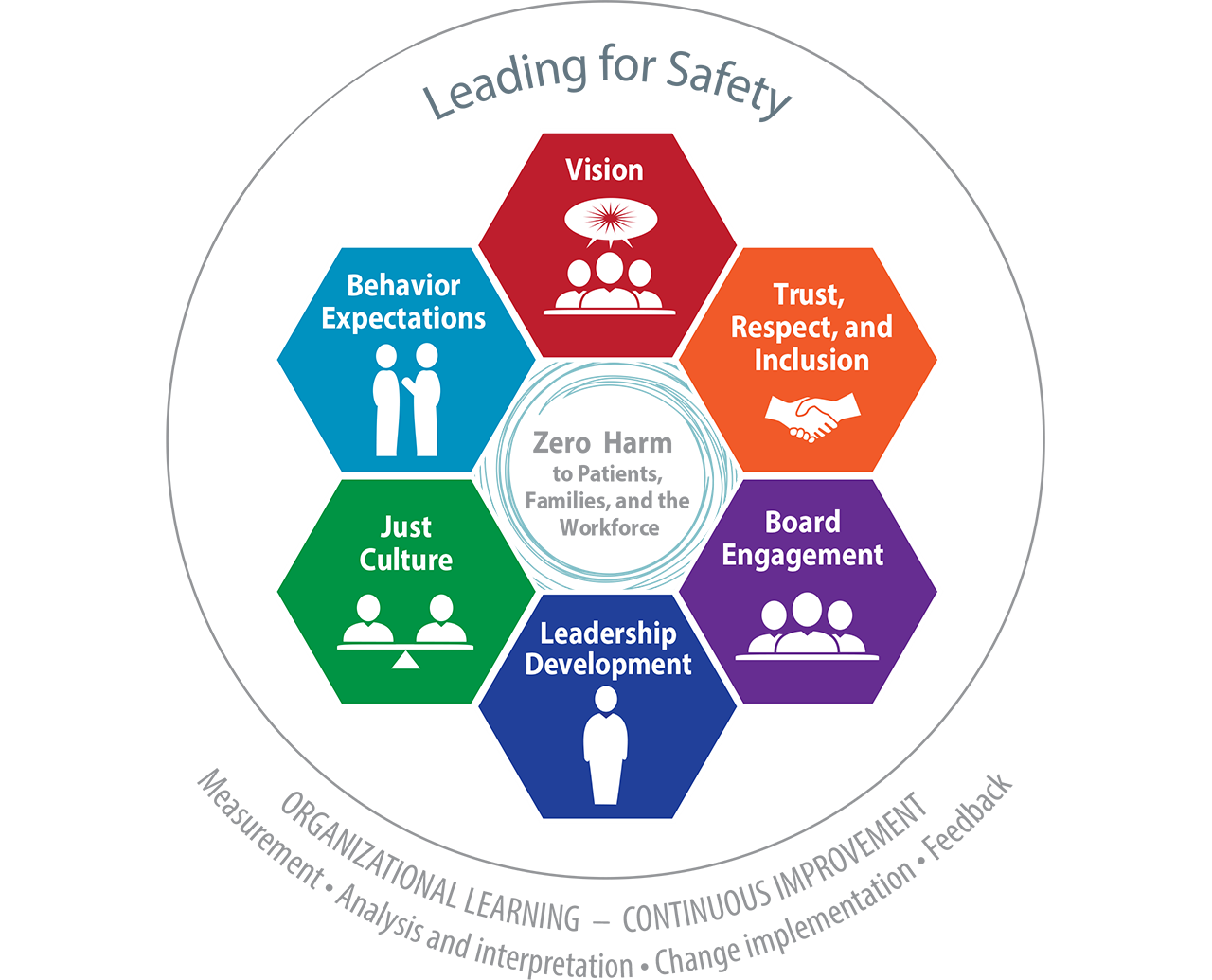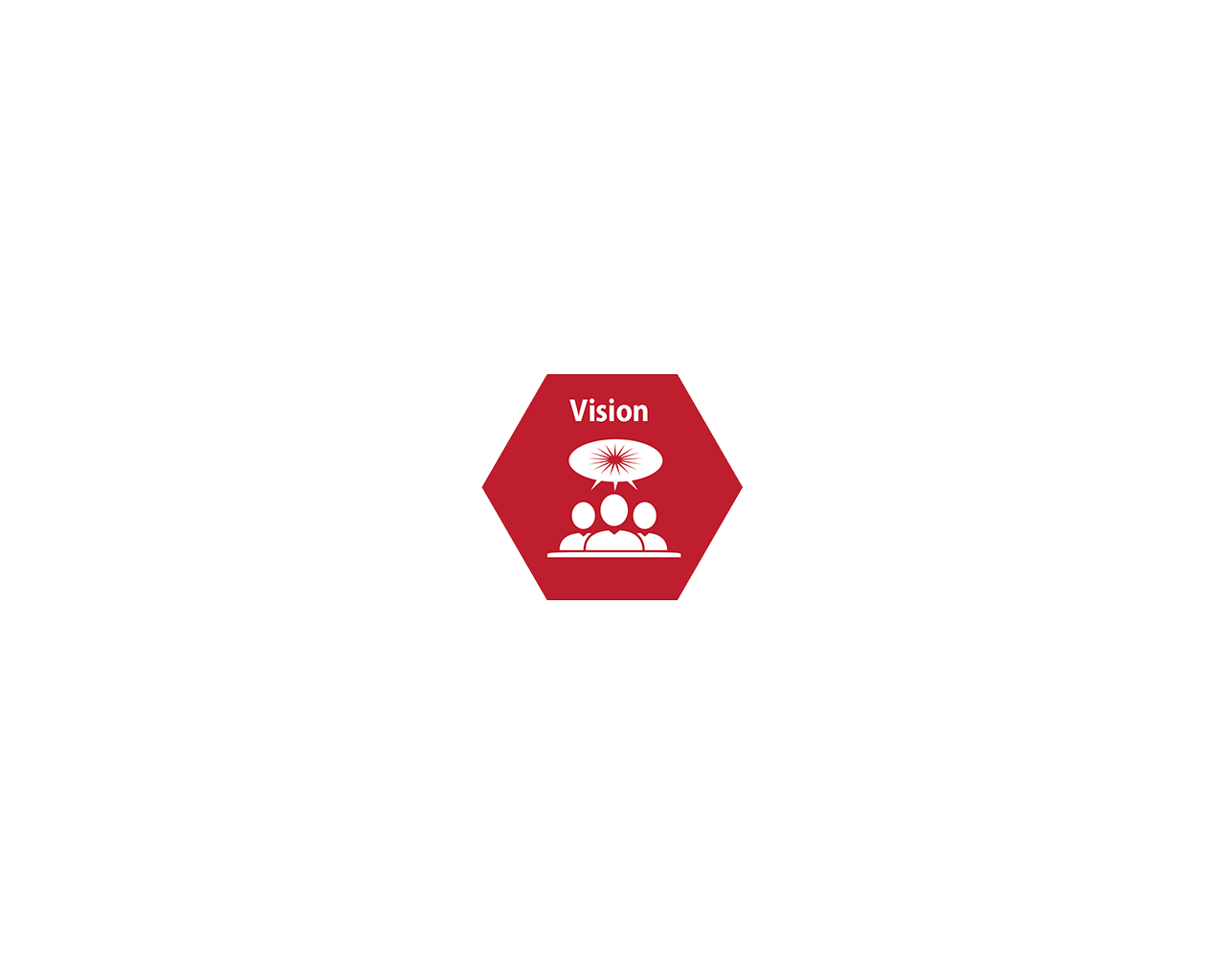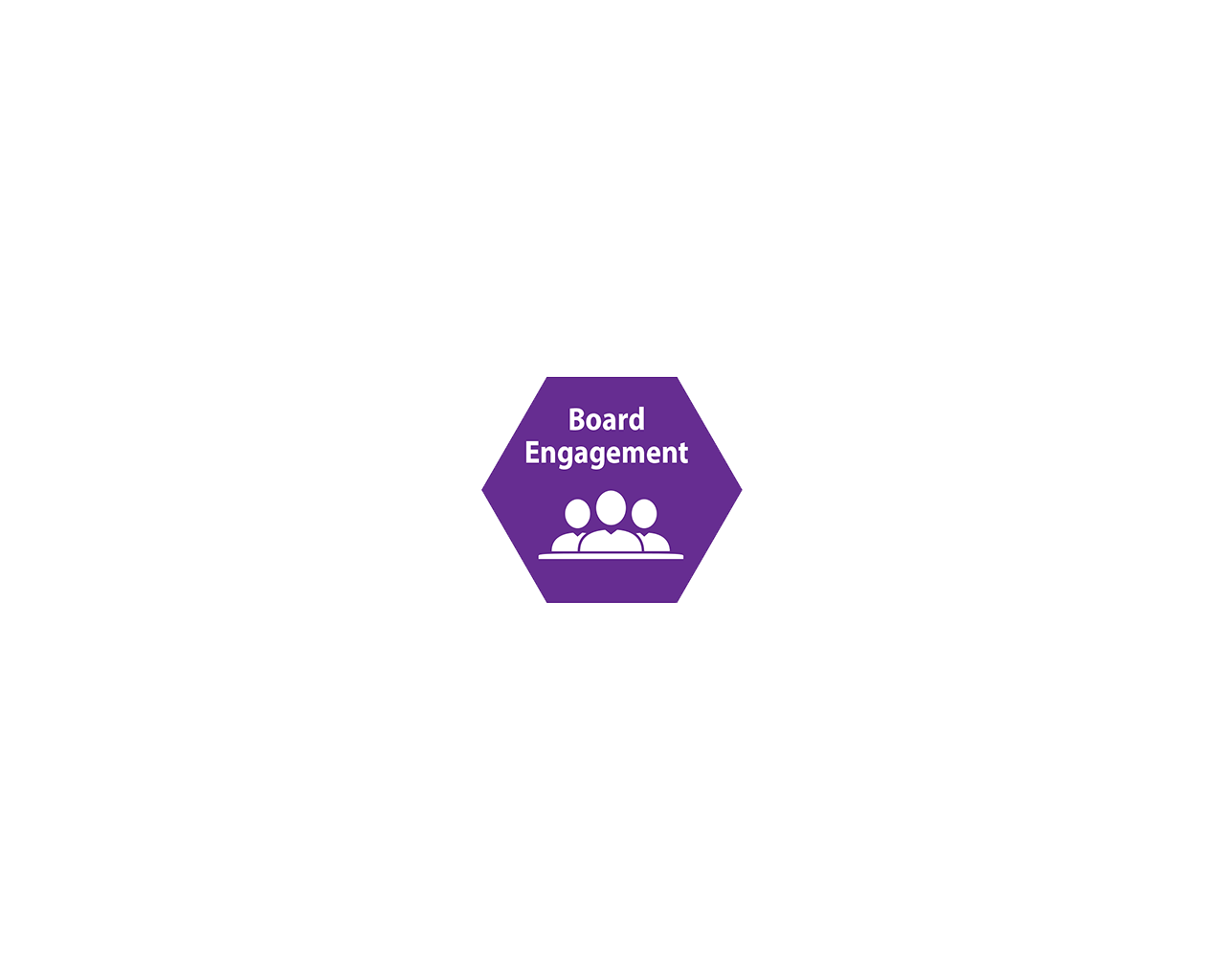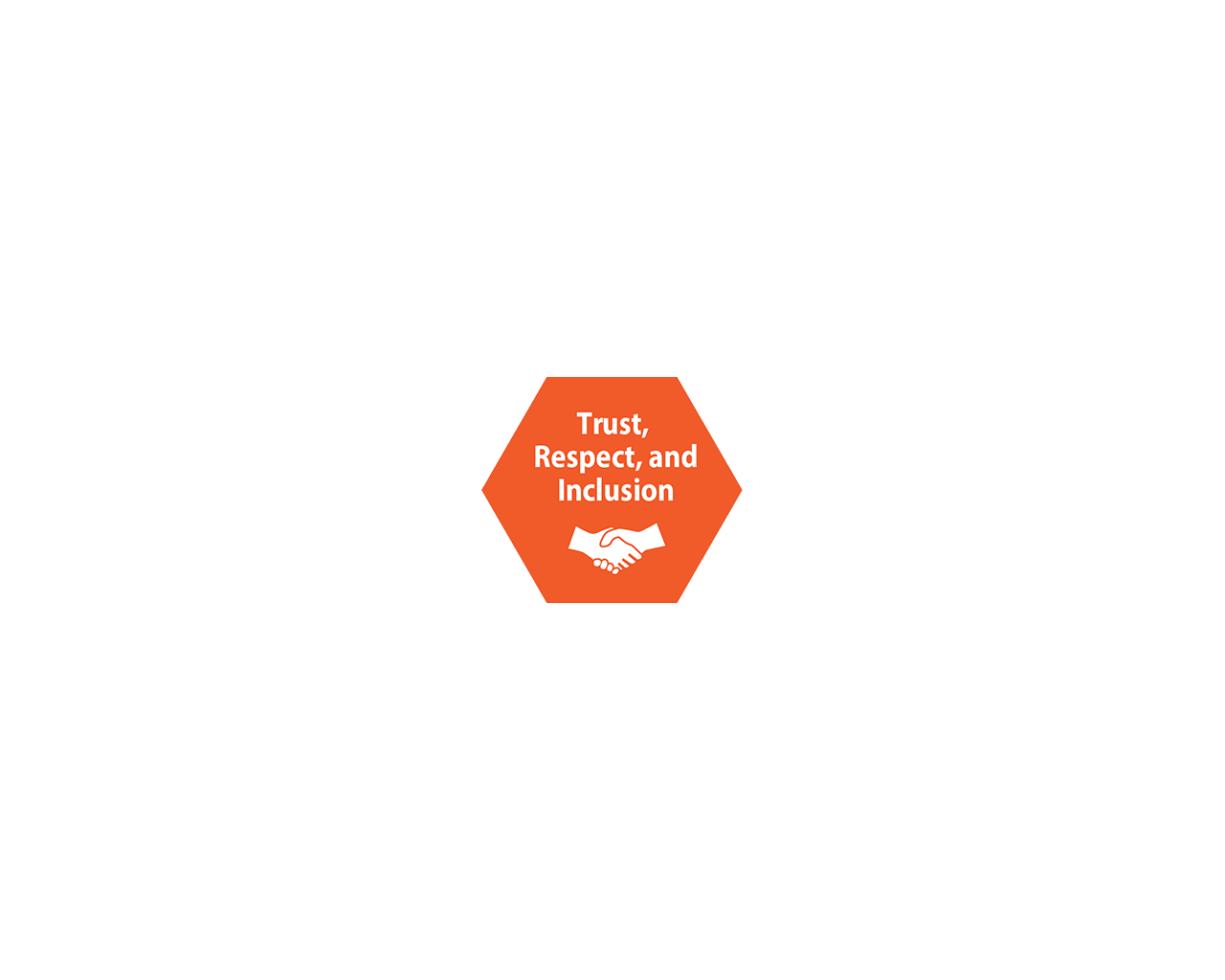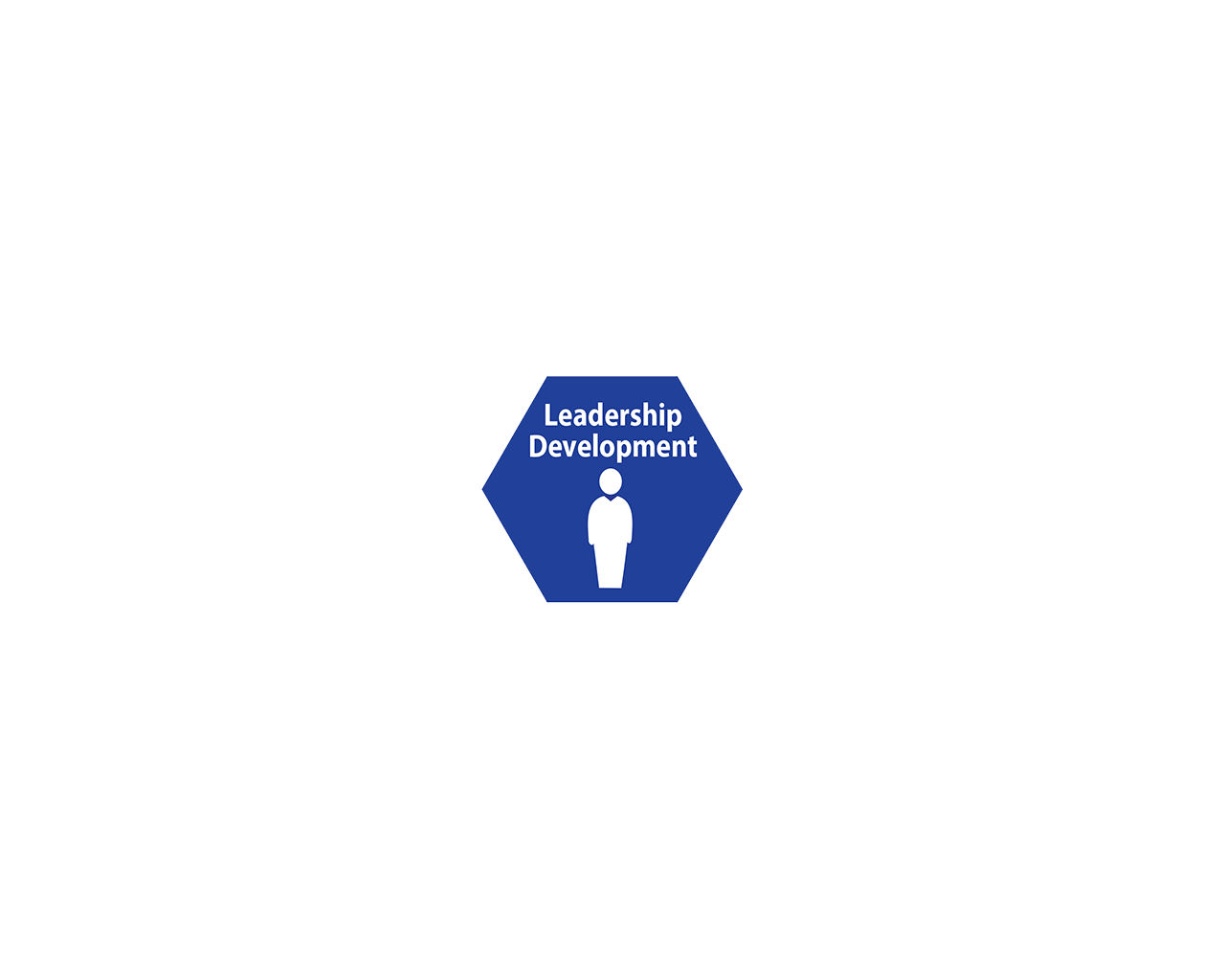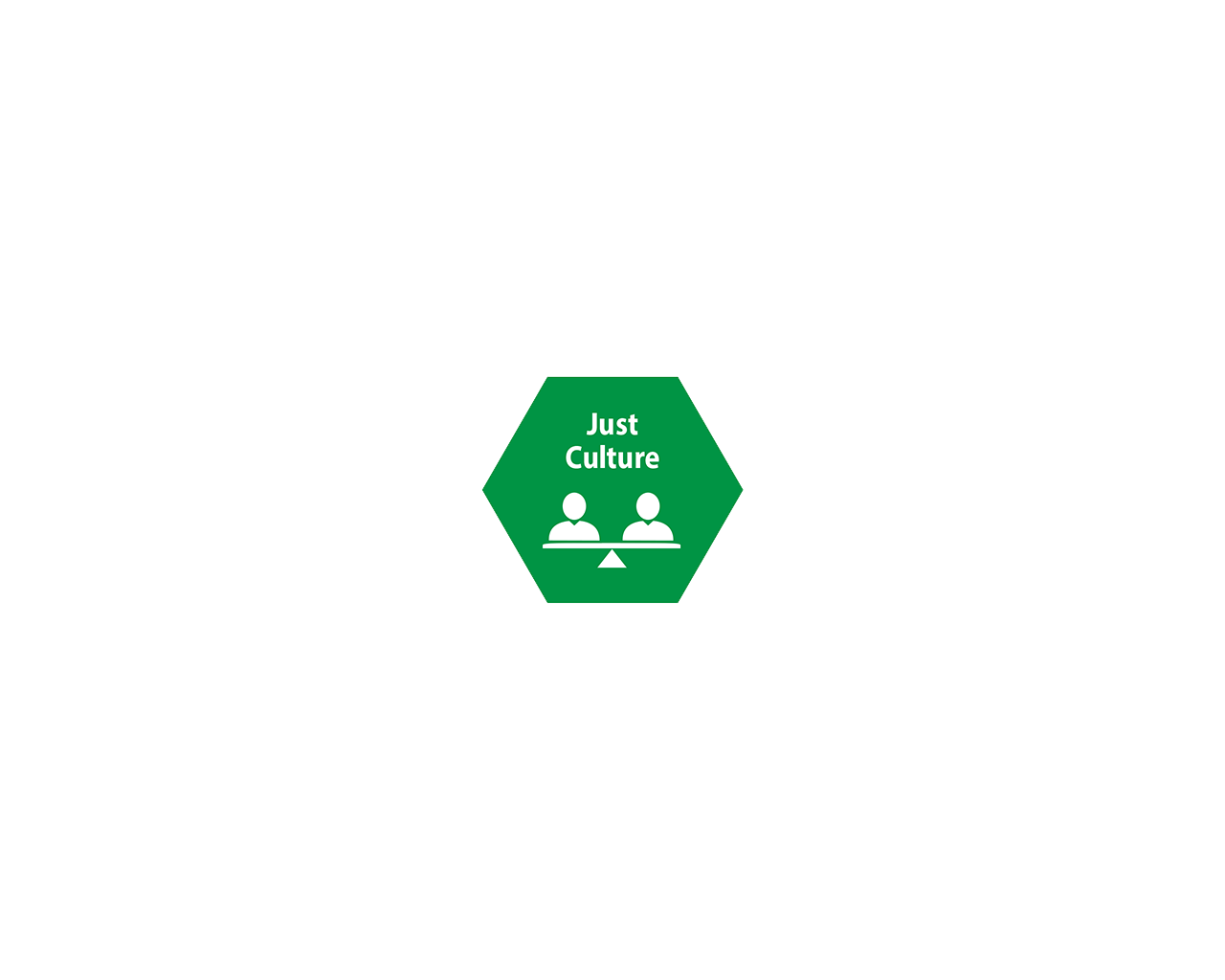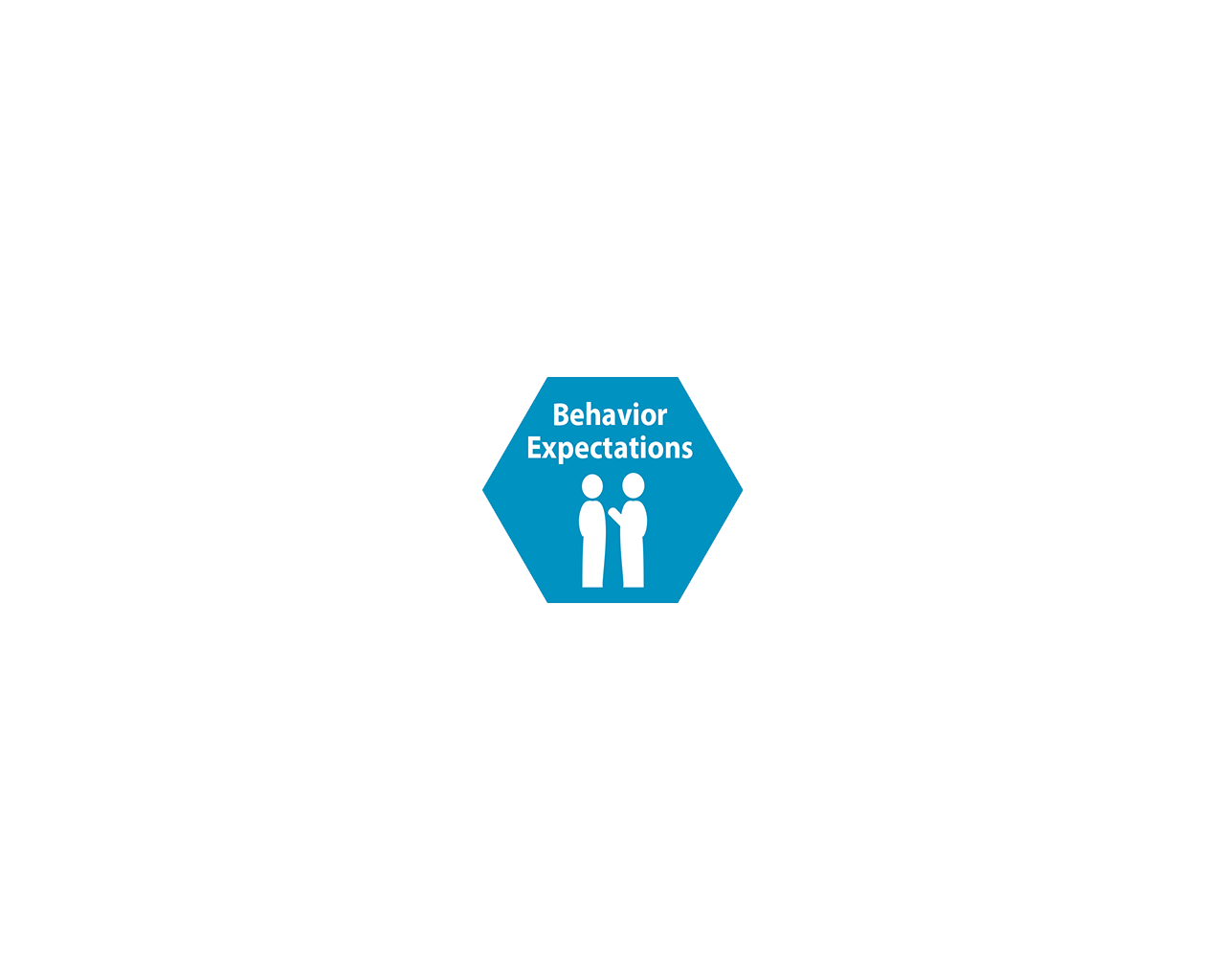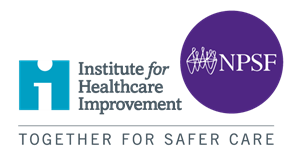Commit to a Few Priorities at a Time
The ultimate goal for healthcare providers is zero avoidable harm to patients, families and the workforce. To achieve and maintain this goal long term, you have to learn how to walk before you can run.
Leading a Culture of Safety: A Blueprint for Success helps leaders break down priorities and focus on fine-tuning a few pillars of change at a time. The evolving road to patient safety requires a plan for longevity and transparency.
By thoroughly committing to prioritizing action steps around one or two domains, leaders can reassess progress six months later before advancing to the next layer of improvement.
The Six Domains
Establish a compelling vision for safety.
An organization’s vision reflects priorities that, when aligned with its mission, establish a strong foundation for the work of the organization. By embedding a vision for total patient and workforce safety within the organization, healthcare leaders demonstrate that safety is a core value.
Select, develop and engage your board.
Governing boards play a vital role in creating and maintaining safety cultures. CEOs are responsible for ensuring the education of their board members on foundational safety science, including the importance of and processes for keeping patients and the workforce safe. Boards must ensure metrics that meaningfully assess organizational safety and a culture of safety are in place and systematically reviewed, analyzed and the results acted upon.
Build trust, respect and inclusion.
Establishing trust, showing respect and promoting inclusion—and demonstrating these principles throughout an organization and with patients and families—is essential to a leader’s ability to create and sustain a culture of safety. To achieve zero harm, leaders must ensure their actions are consistent at all times and across all levels of the organization. Trust, respect and inclusion are nonnegotiable standards that must encompass the board room, C-suite, clinical departments and the entire workforce.
Prioritize safety in the selection and development of leaders.
It is the responsibility of the CEO, in collaboration with the board, to include accountability for safety as part of the leadership development strategy for an organization. In addition, identifying physicians, nurses and other clinical leaders as safety champions is key to closing the gap between administrative and clinical leadership development. Expectations for the design and delivery of relevant safety training for all executive and clinical leaders must be set by the CEO and subsequently spread throughout the organization.
Lead and reward a just culture.
Leaders must possess a thorough understanding of the principles and behaviors of a just culture, and be committed to teaching and modeling them. Human error is and always will be a reality. In a just culture framework, the focus is on addressing systems issues that contribute to errors and harm. While clinicians and the workforce are held accountable for actively disregarding protocols and procedures, the reporting of errors, lapses, near-misses, and adverse events is encouraged. The workforce is supported when systems break down and errors occur. In a true just culture, all workforce members—both clinical and non-clinical—are empowered and unafraid to voice concerns about threats to patient and workforce safety. High reliability safety is not possible without a just culture.
Establish organizational behavior expectations.
Senior leaders are responsible for establishing safety-mindfulness for all clinicians and the workforce and, perhaps even more importantly, modeling these behaviors and actions. These behaviors include, but are not limited to, transparency, effective teamwork, active communication, civility, and direct and timely feedback. These cultural commitments must be universally understood and apply equally to the entire workforce, regardless of rank, role, or department.
The American College of Healthcare Executives (ACHE) and the IHI/NPSF Lucian Leape Institute collaborated with leaders of progressive healthcare organizations and globally renowned experts in leadership, safety, and culture to develop this resource. We are grateful to the members of the two roundtable meetings whose insights and perspectives informed this work.
Interested in sharing a co-branded version with your organization's logo? Click here. Pour télécharger cette ressource en français, veuillez cliquer ici.
